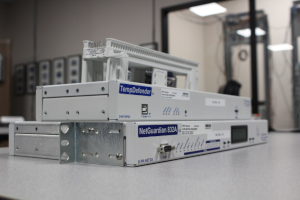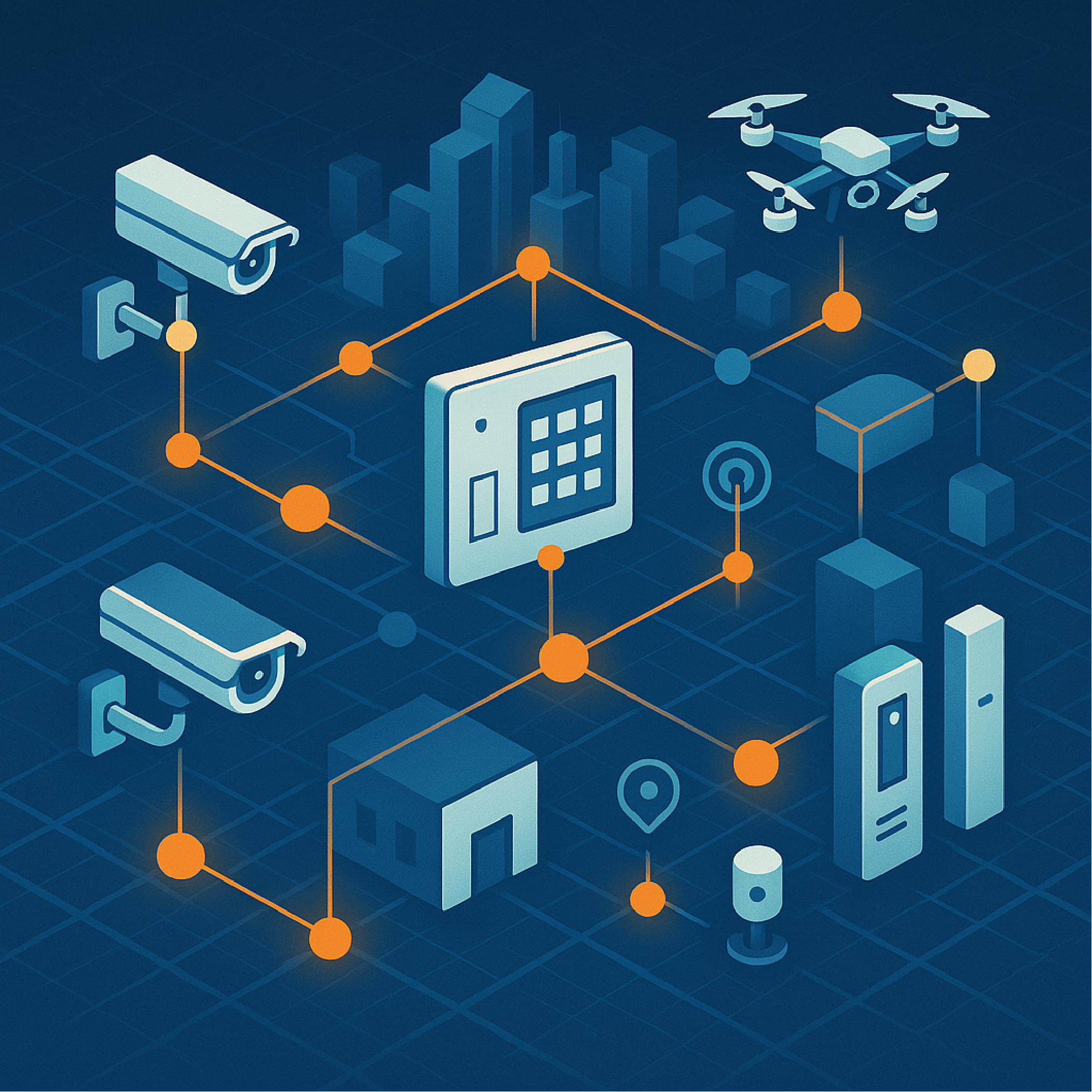Check out our White Paper Series!
A complete library of helpful advice and survival guides for every aspect of system monitoring and control.
1-800-693-0351
Have a specific question? Ask our team of expert engineers and get a specific answer!
Sign up for the next DPS Factory Training!

Whether you're new to our equipment or you've used it for years, DPS factory training is the best way to get more from your monitoring.
Reserve Your Seat TodayPublic safety is evolving quickly. You're dealing with new threats, bigger data streams, and higher expectations from the communities you serve.
If you're part of a public safety agency - or you help design systems for one - you're already seeing these challenges. You're responsible for a lot of moving parts:
Can you really do all that with a closed, proprietary system?
If we're honest, the answer is: probably not.
That's why open architecture is becoming more than just a buzzword or fleeting trend. It's the foundation for how you can stay ahead of threats, operate efficiently, and build infrastructure that lasts.
Using insights from SDM Magazine's recent article on the open architecture, let's review:

A lot of public safety agencies were sold on the promise of all-in-one solutions: "Buy everything from one vendor, and it'll all just work."
That sounds great in theory - until you hit a wall. The problem is composed of several factors:
If your software, cameras, access control, and sensors all come from one company, switching anything can be expensive and painful. That's a guarantee when proprietary protocols are involved. Once you go down that road, adding a new device from a different vendor is highly unlikely, if not impossible.
Closed systems often mean your hardware and software are (too) tightly integrated. If you want a better camera with newer AI, that's too bad. Your system doesn't support it unless it's made by the original vendor.
Many closed systems look slick in a demo. But in the real world, integrations break, middleware becomes a nightmare, and suddenly your "seamless" system is the exact opposite.
You don't always know what's going on behind the scenes with proprietary systems. You might be stuck waiting weeks for a vendor patch while a vulnerability lingers in your infrastructure.
These issues aren't just inconvenient. In a public safety context, they can be dangerous. Seconds matter and delays or missing data can cost lives.
Many integrators try to bandage over closed-system limitations with custom middleware or makeshift API workarounds. But if the foundation isn't open, you're always going to be behind.
Ask yourself:
If you can't confidently answer "yes" to all of these, you're already at a disadvantage.
Open architecture means your system was designed from the ground up to adapt. This allows you to:
Overall, you get more control. This way, you're not boxed in or stuck with one vendor's product roadmap and patching schedule.
Instead, you're free to focus on performance, not compatibility.
There are 5 main reasons why open architecture should be an absolute requirement for your system:
Open architecture means you're not forced to buy all your equipment from a single vendor. If you want to pair one software platform with a different hardware suite, there's no problem. You get to choose the best-fit tool for every need.
Need top-tier AI analytics? Low latency? Budget-friendliness? Open systems let you prioritize based on your mission - not what one only vendor (who already trapped you) decides is important.
Open platforms often support legacy gear. That means you can avoid a full rip-and-replace. All you need is just smart, phased upgrades that stretch every dollar.
With open systems, you can control your patching strategy, encryption, and device communications. You're not at the mercy of a closed system's unclear security processes.
Open systems give you unified dashboards, fewer logins, and a single pane of glass across video, access, alarms, etc. A well-designed open system gives you this control.
At DPS Telecom, we've been building truly open monitoring hardware and software for over 30 years.
We're not a surveillance-camera manufacturer. We're not an access control company. We focus on one thing: giving you visibility and control across your whole network.
And that's exactly what an open architecture system needs.
Our NetGuardian RTUs (Remote Telemetry Units) are the glue that monitors all of your systems together.
NetGuardians collect alarms from:
And they output to any SNMP-based or MODBUS system - or directly to our T/Mon master.
NetGuardians are protocol-agnostic, field-proven, and modular. That means you can scale up, change components, and grow without throwing out the foundation.
T/Mon LNX is your command center for everything.
It's a multi-protocol, multi-vendor master station designed specifically for public safety, telecom, utilities, and transportation.
T/Mon can:
And because it's open, it can serve as a drop-in solution alongside (or in place of) any existing gear.
Before you invest in any more infrastructure, make sure your vendors can answer these questions:
If your vendor doesn't have clear, tested answers, it's time to look elsewhere.
Open architecture doesn't mean tossing your entire system in the trash. In fact, one of the biggest strengths of open systems is that they work with what you already have.
You can start with:
From there, you can scale at your own pace.
Let's fast forward two or three years.
Imagine that your department wants to:
If you're running a closed system, that wish list is going to cost you - in both money and time.
But with an open architecture platform in place, you can plug in those new features as you need them. That way, you're ready for what's next.
That's the power of building smart from the start.
We've worked with public safety agencies, utilities, transit authorities, and telcos around the world. Our gear is trusted in mission-critical environments because it's flexible, open, and built to last. In fact, much of our early and ongoing projects revolve around helping people actually escape from a previous proprietary mistake.
If you're building a new system - or trying to preserve your legacy gear - let's talk.
We'll walk you through:
Call us today at 559-454-1600 or send us an email at sales@dpstele.com.
Let's design a future-ready system that works the way you need it to - not the way some self-serving vendor wants it to.

Andrew Erickson
Andrew Erickson is an Application Engineer at DPS Telecom, a manufacturer of semi-custom remote alarm monitoring systems based in Fresno, California. Andrew brings more than 19 years of experience building site monitoring solutions, developing intuitive user interfaces and documentation, and opt...